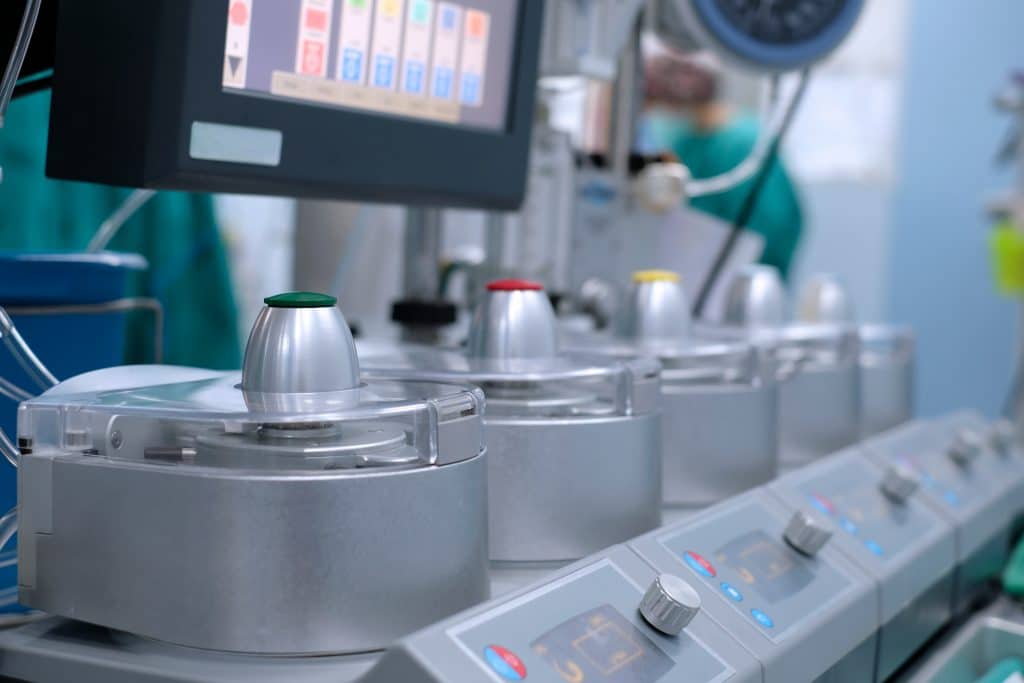A Descriptive Study of Perioperative Hemodynamics in Open Cardiac Surgery Patients

Objectives
The purpose of the present study was to describe how the perioperative hemodynamic profile before and after cardiopulmonary bypass during cardiac surgery is influenced by age and to describe the association between postoperative hemodynamics and one-year mortality.
Design
A retrospective registry-based study.
Setting
University Hospital of Aarhus, Denmark.
Participants
The study comprised 6,595 patients undergoing elective on-pump cardiac surgery from 2006 to 2016.
Measurements and Main Results
Perioperative hemodynamic values were derived from computerized anesthesia and intensive care reports, including mean arterial pressure, cardiac index, and oxygenation saturation from mixed venous blood in the pulmonary artery, during the perioperative period. Perioperative hemodynamic values were stratified according to age. Logistic regression was applied to predict the crude probability of death within one year from surgery according to hemodynamic values at six hours after surgery, stratified by age and use of inotropic agents, respectively. Lower values for cardiac index and mixed venous blood in the pulmonary artery with increasing age, across all points in time in the perioperative course, were observed. Higher probability of death was associated with lower hemodynamic values in the postoperative phase, and the probability of death was modified by age and the need for inotropic agents.
Discussion
This is a large registry based study describing the perioperative hemodynamic profile of patients undergoing cardiac surgery and the results enhance our understanding of age-differentiated values of CI and SvO2 in this specific population.
